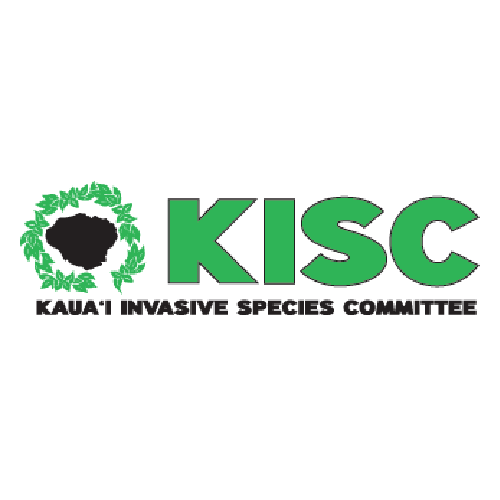Family: Proteaceae
Banksia integrifolia, (Coast Banksia or Coastal Banksia), is a species of flowering tree or large shrub native to eastern Australia. It is known for its attractive foliage, interesting flower spikes, and ecological importance in its native habitat. B. integrifolia is widely planted in Australian gardens. It is a popular choice for parks and streetscapes and has been used for bush revegetation and stabilization of dunes. It is reported to be naturalized in New Zealand, the continental US, and in upcountry East Maui. This plant is highly flammable and should not be grown in, and removed from, fire prone areas.
High Risk Traits:
- Broad climate suitability and elevation range (>1000 m)
- Naturalized on Maui (Hawaiian Islands), New Zealand, and South Africa
- Reported to be an environmental weed in coastal New Zealand and recommended for control due to potential or actual impacts on native vegetation
- Other Banksia species are invasive weeds
- Reported to be highly flammable, but can survive fire
- Tolerates many soil types
- Reported to form pure stands and thickets in both native and introduced range
- Reproduces by wind-dispersed seeds
- Hybridizes with other Banksia species
- Self-fertile (i.e., viable seeds may be dispersed from isolated trees)
- Reaches maturity in 3-5 years
- Seeds dispersed by wind, possibly water, and through intentional cultivation
- Tolerates and resprouts after heavy pruning or fire
Low Risk Traits:
- Valued as an ornamental tree, with negative impacts unquantified, or not observed, in some areas of its introduced range
- Unarmed (no spines, thorns, or burrs)
- Palatable to deer and possibly other browsing animals
- Non-toxic
- Grows best in high light environments (dense shade may inhibit spread)
- Seeds reported to lose viability within two months (i.e., will not form a persistent soil seed bank)
- Herbicides may provide effective control




